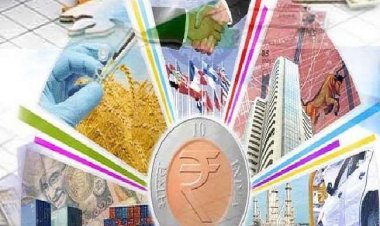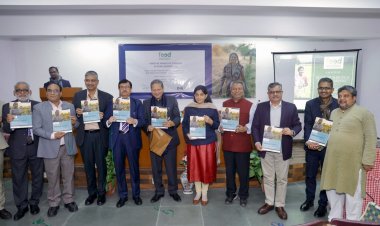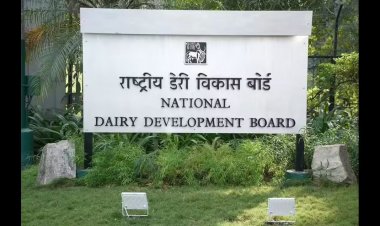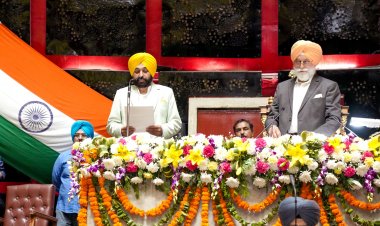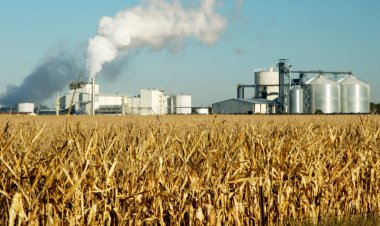Import price of DAP reaches $560, may affect availability in Rabi if import does not pick up pace
In the past two months, DAP prices have increased from $528 per tonne to $560 per tonne. Recently, a public sector company had to cancel an import tender because the minimum price quoted was $575 per tonne. Consequently, there have been fewer DAP deals.
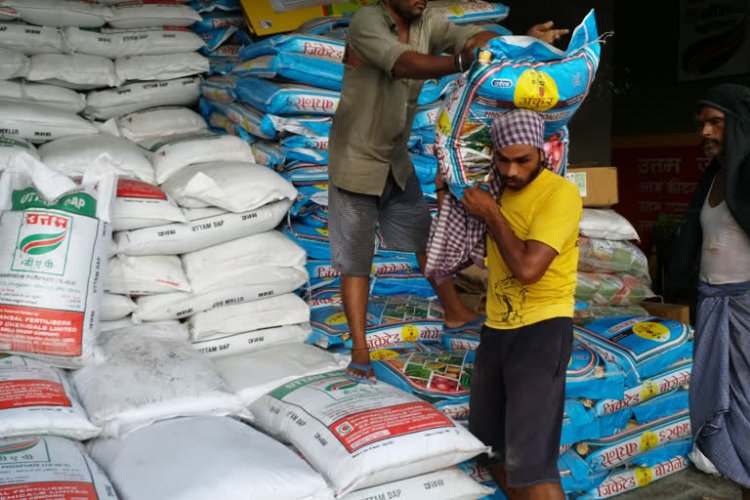
Due to rising Di-ammonium Phosphate (DAP) prices in the global market, Indian companies are refraining from making import deals. In the past two months, prices have increased from $528 per tonne to $560 per tonne. Recently, a public sector company had to cancel an import tender because the minimum price quoted was $575 per tonne. Consequently, there have been fewer DAP deals. If this situation persists, farmers may face a shortage of DAP in the upcoming Rabi season.
Industry sources report that about a month ago, the tender price for National Fertilisers Limited (NFL) was $575 per tonne. Only three to four deals have been made in the last two months. Among these, a public sector company secured an import deal of 50,000 tonnes at $559 per tonne. This deal involved Chinese companies and the Saudi Arabian fertiliser company Ma'aden.
A senior official from a fertiliser company told Rural Voice that the DAP stock situation is not very good. If import deals are not made soon, there could be a shortage in the Rabi season. However, there is no issue with the availability of DAP for the current Kharif season.
DAP prices had decreased in April and May. Industry sources say that China has reduced exports, aiming for prices to reach $600 per tonne. China, a major fertilizer exporter, directly influences global prices with its export decisions. India imports both DAP and urea from China. Annually, India consumes over 100 lakh tonnes of DAP, most of which is imported. Raw materials like rock phosphate and sulfuric acid are also imported for domestic DAP production. Last year (2023-24), India consumed 108.12 lakh tonnes of DAP, up from 104.18 lakh tonnes the previous year.
However, there is some relief for the government regarding urea prices, which have been continuously falling. Currently, the imported price (CFR) of urea has dropped to $350.50 per tonne. Recently, an Indian company's tender was quoted a price of $350.50 per tonne for the west coast and $365 per tonne for the east coast. Companies from China, Oman, and Russia participated in this tender.
Two years ago, due to the war between Ukraine and Russia, urea prices exceeded $900 per tonne. India imports about 100 lakh tonnes of urea annually. However, with the start of new urea production plants in the last two years, imports are expected to decline. Last year (2023-24), urea consumption in India was 357.80 lakh tonnes, slightly higher than the 357.25 lakh tonnes consumed the previous year.
Industry sources indicate that the government will save on urea subsidies. However, for DAP, the government provides subsidies on a per kg basis under the Nutrient Based Subsidy (NBS) scheme. Fertiliser importing companies will suffer due to rising DAP prices in the global market.
Companies are not profitable even at the current subsidy rates. If companies do not make import deals, there could be difficulties in the Rabi season. It takes about two months for imported fertiliser to reach farmers after a deal is made. Most DAP consumption in the Rabi season occurs during the sowing of wheat and other Rabi crops in October and November.



 Join the RuralVoice whatsapp group
Join the RuralVoice whatsapp group

















